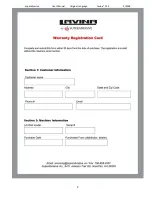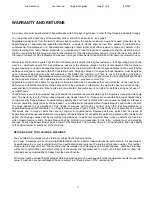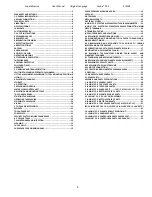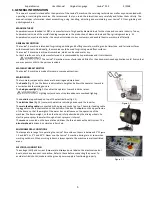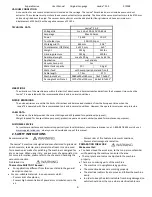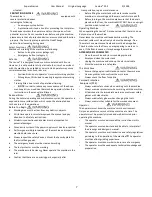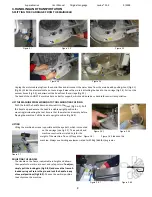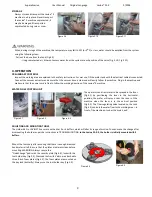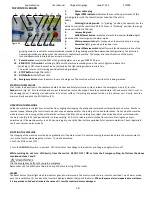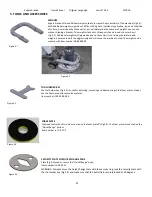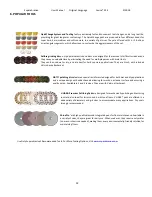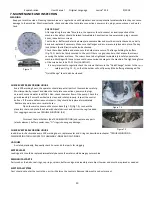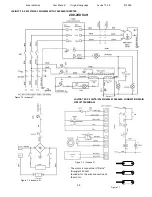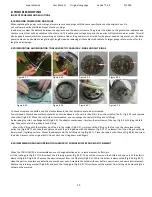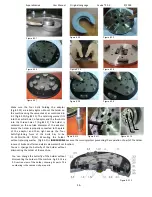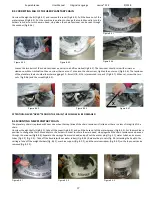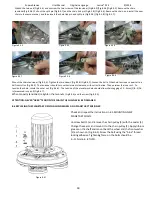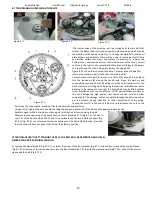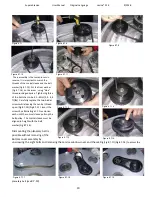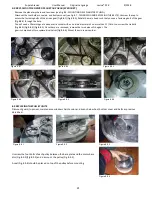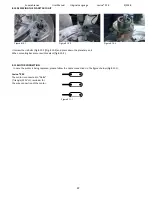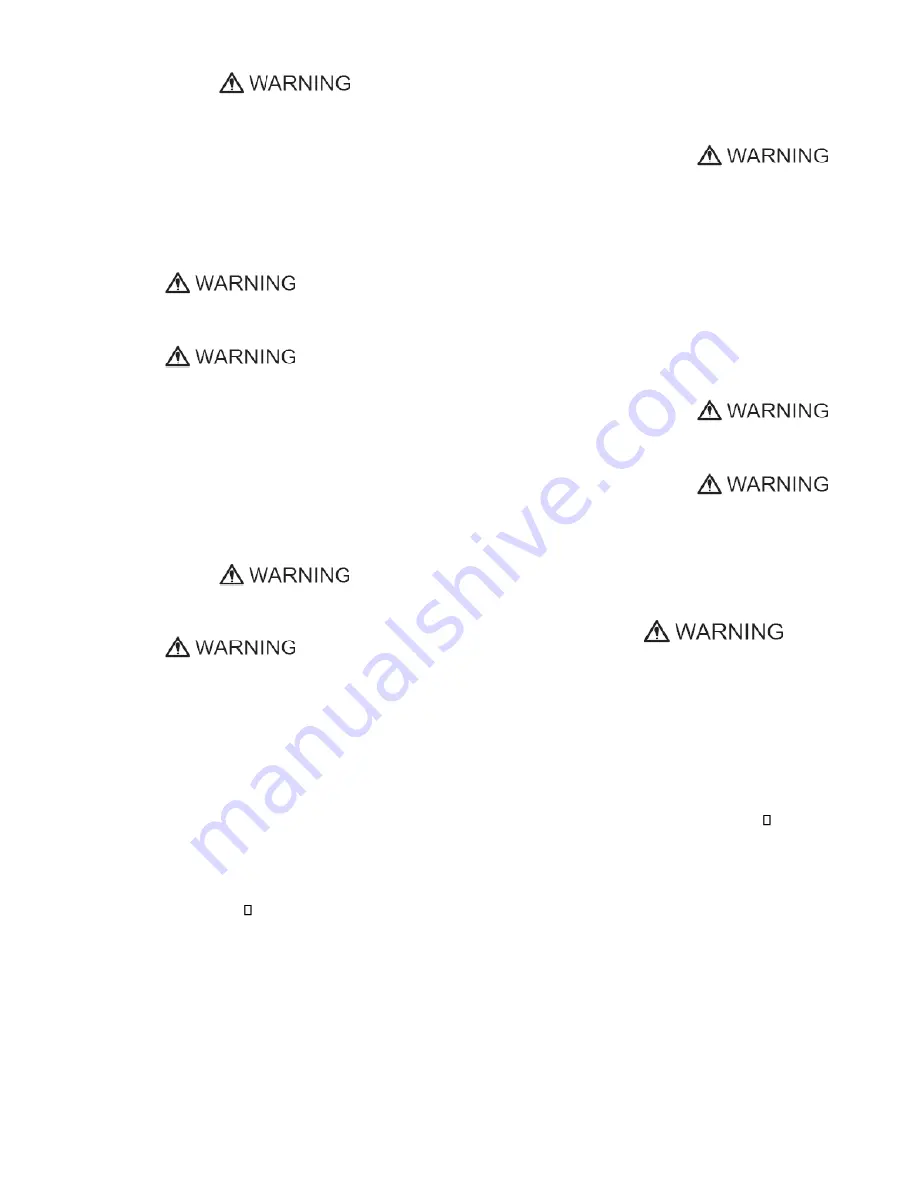
Superabrasive
User Manual
Original Language
Lavina® 25-X
9/2018
7
situated.
PROTECTION DEVICES
The machine is
equipped with
several protection devices
including the following:
•
An emergency stop button
•
A protection skirt and a hood for protecting the tool plates.
These devices protect the operator and/or others persons from
potential injuries. Do not remove them. Before using the machine,
please ensure that all protection devices are mounted and function
properly. The Security plate prevents the QuickChange
pads to from loosening during work
Arrest Functions
Methods of arresting of the machine are following:
•
Button to stop the motor (category 1)
•
Emergency button (category 1)
Safe Use
The Lavina® X is designed to reduce risks correlated with its use.
However, it is not possible to fully eliminate the risks of an accident
with the machine. An unskilled or uninstructed operator may cause
correlated residual risks. Such risks are:
•
Position Risks: due to operator’s incorrect working position
•
Entanglement Risks: due to wearing inappropriate working
clothes
•
Training Risks: due to lack of operational training.
•
NOTE: In order to reduce any consequences of the above‐
mentioned risks, we advise that machine operators follow the
instructions in the manual at all times.
Residual Risks
During the normal operating and maintenance cycles, the operator is
exposed to some residual risks, which cannot be eliminated due
to the nature of the operations.
Before You Begin
Working area must be clear from any debris or objects.
A first‐time operator must always read the manual and pay
attention to all safety instructions.
All electric connections and cables must be inspected for
potential damages.
Ground wire system of the power supply must be also inspected.
Perform general daily inspections of the machine and inspect the
machine before each use.
Always inspect the safety devices: Mount the Security plate for
the QuickChange pads.
The emergency break must be clear and working
The tool protector must be working
The machine must be clean Never operate the machine in the
rain!
Confirm that there are no missing parts especially after
transportation, repair or maintenance.
•
Before filling the water tank with water make sure the
machine is not working and the main switch is turned off.
•
Before turning on the machine make sure that the base is
placed on the floor, the machine MUST NOT be in an upright
position when turned on!
Operating Machine
When operating the Lavina® X, make certain that there is no one
but you around the machine.
Never leave the machine unattended while working. The
electrical cable must move freely and must be damage‐ free.
The water hose must move freely and must be damage‐free.
Check to make sure the floor you are preparing to work on is
even. If the floor is uneven, it may damage the machine.
AFTER WORK IS COMPLETED
•
Clean the machine and its surroundings properly
•
Empty and clean the water tank
•
Unplug the machine and wind up the electrical cable
•
Store the machine in a safe place
The Work Area
•
Ensure that people or vehicles do not enter the work area.
•
Clear any cables or hoses from the work area.
•
Always check the floor for debris.
Personal Protective
Equipment (PPE)
•
Always wear safety shoes when working with the machine.
•
Always wear ear protectors when working with the machine.
•
All personnel in the immediate work area must wear safety
glasses with side shields.
•
Always wear safety gloves when changing the tools.
•
Always wear clothes suitable for the work environment.
Operator
The operator must know the machine’s work environment.
Only one operator can work with the machine at a time. The
operator must be properly trained and well‐instructed prior
operating the machine.
•
The operator must understand all the instructions in this
manual.
•
The operator must understand and be able to interpret all
the drawings and designs in manual.
•
The operator must know all sanitation and safety regulations
pertaining to the operation of the machine The operator
must have floor grinding experience.
•
The operator must know what to do in case of emergency.
•
The operator must have adequate technical knowledge and
preparation.


